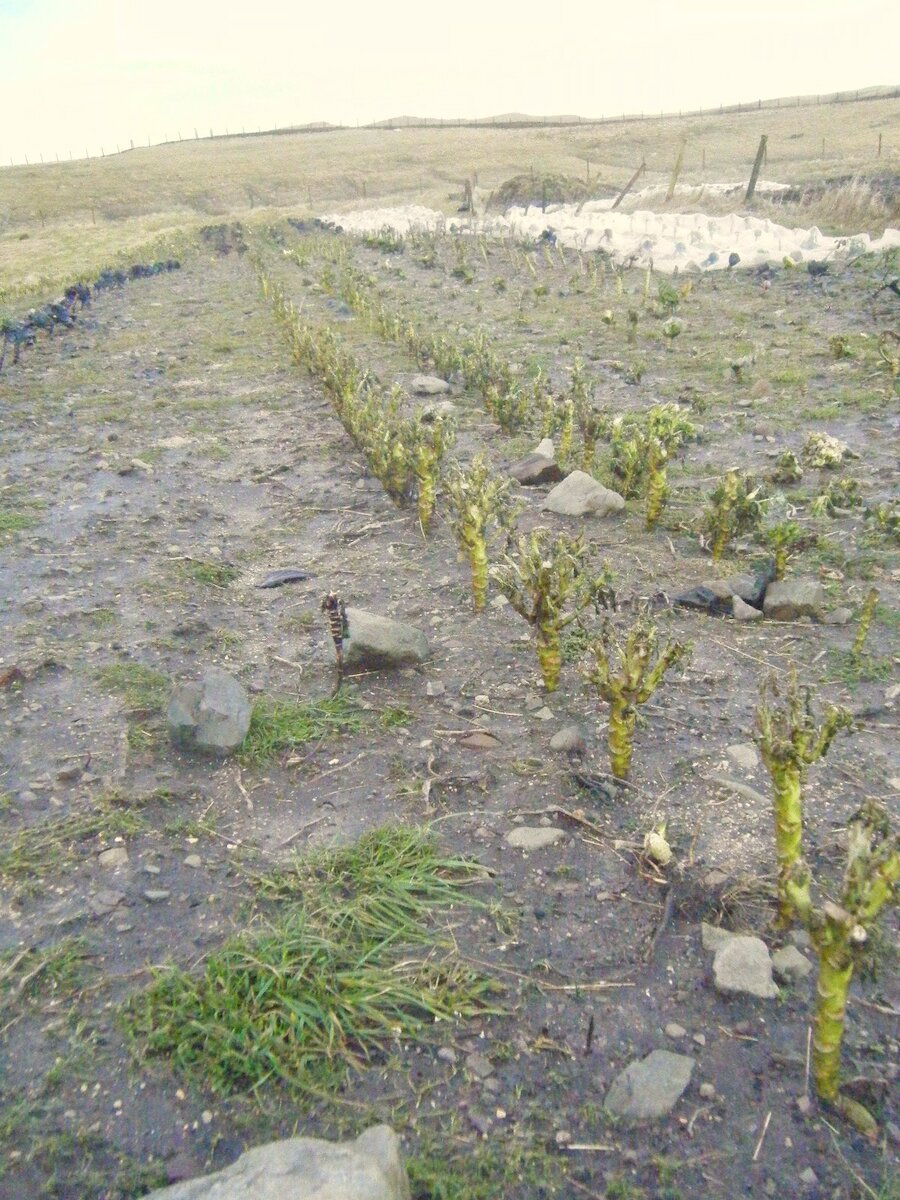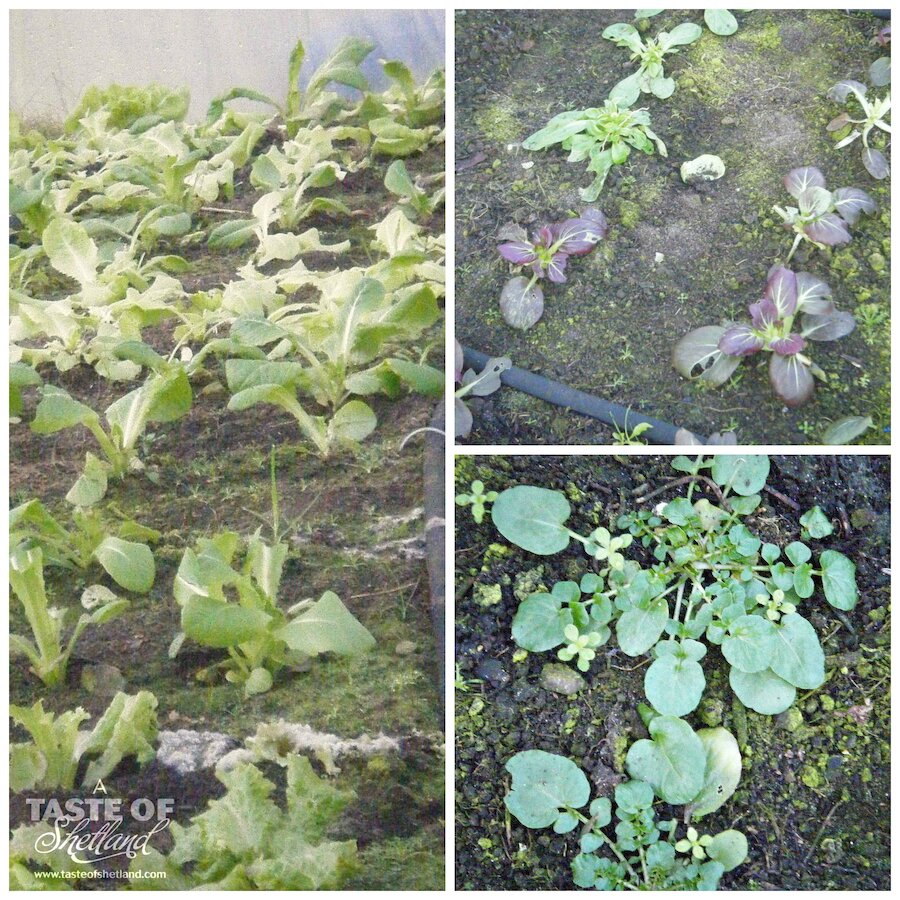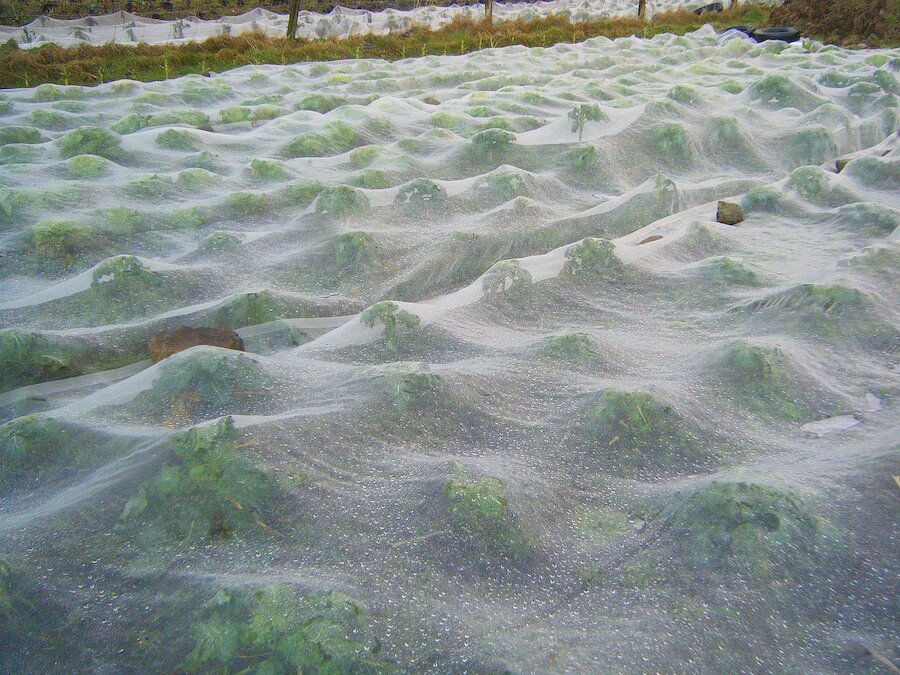Wow that was some windy weather!
Wind is to be expected in Shetland and everybody has always one eye and half a mind to checking they've tied everything down, just in case. We don’t leave anything simply sitting, not pots nor buckets, wheelbarrows or tools. Not even the hen houses or caravans. It could all move or cause injury if we don’t take care, and that’s just with the normal weather.
In a ‘violent storm’ (gale force 11) or above anything can be blown away. When it comes to the violent storms as experienced in the recent weeks we can only hide inside, shut the doors and hope for the best. All our tying down, putting away and reinforcing is tested to the limit. You have to put your faith in the polytunnel construction and take a deep breath when you look out of the window after it calms down.
Each winter is different from the last. Winter 2013-2014 was wet and windy, this winter is colder and even windier. Some years can be clear, cold and still, others come with heavy snow. In two weeks we will sow our first seeds of the year, set up the grow lights and prepare the propagation tables in the polytunnel. Many of those seeds will be for produce to be harvested through next autumn and winter. Leeks for instance will be germinated at the end of the month for eating this time next year. That is of course if they survive.
We sow them anyway. Having no idea how the weather will be in 12 months, it’s a gamble, but having something home grown to eat all year round in this northern climate is something we aim for every year. The roots survive well, carrots, beetroot, celeriac, parsnip, and neeps, bedded down in moist soil somewhere the frost won’t get at them. But the more leafy varieties leeks, cabbage, kale and sprouts, the things you can’t store, can suffer badly from wind and cold at this time of year. After the recent gales our leeks are mush, the kale and sprouts just stalks with tiny brave shoots at the top. The remaining cabbages fared better but are battered beyond use as saleable produce.
On a small scale it’s not difficult to be inventive with protection; tyre windbreaks or pallet fences, even small yards with green windbreak or stone dykes and the essential environmesh. With 50m beds and 3 acres to work we must balance the need for small plots and heavy protection with ease and speed of working the land. So it is difficult to protect everything and there’s more risk of loss. We could of course just grow as much as we can for use in the summer and autumn, but we enjoy the challenge. We want to provide our customers with as much as we can too, to keep down on those carbon emitting food miles. Last year we were able to deliver 2-3 varieties of vegetables each fortnight from January until the new produce became abundant at the end of June.
This year will be different. We’re out of greenery until the days lengthen. We mistimed the planting up of the spring greens and cauliflowers, partly because we were busy with other priorities and they didn’t cope with being left too long in their small pots. Then the storm battered the rest of the leafy produce we had been nursing through the winter. Yet come February, if it’s not too cold there will be growth.
In the dark of the year it is sometimes difficult to imagine the light, long days of summer and the productive growth of the plants. But the growing never really stops. It slows almost to nothing when daylight hours reduce to below 8 hours per day. So between the middle of November and the third week in February there is little change to see yet, with the right varieties, as soon as the days get longer growth gets going. The cold will influence how quickly things take off, but the plants are there ready and waiting for the right moment. There is the salad in two of the tunnels and garlic showing its green shoots in the raised beds outside. We have beds of cabbage, purple sprouting broccoli and asparagus kale that we did manage to get in in time, all tucked under environmesh just waiting for their cue.
Already the year is marching on towards the new season. All our seeds have arrived, ordered just after New Year they were delivered soon after. As I write it is hailing outside, another battering for the produce out there. But we’ll sow anyway, before the end of January and keep our fingers crossed there will be less dramatic weather to come and that the leeks get their chance to make it into the veg boxes.




